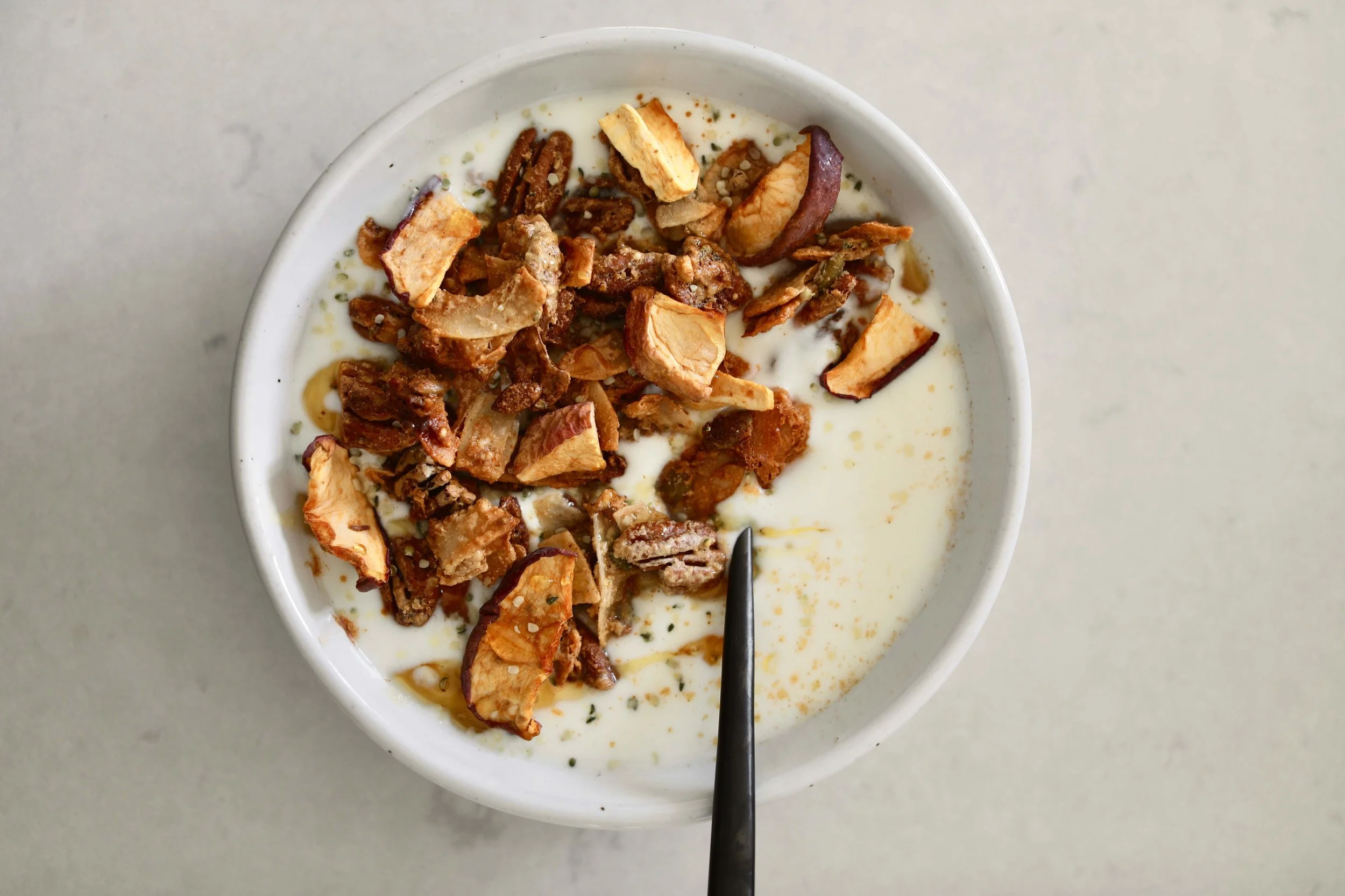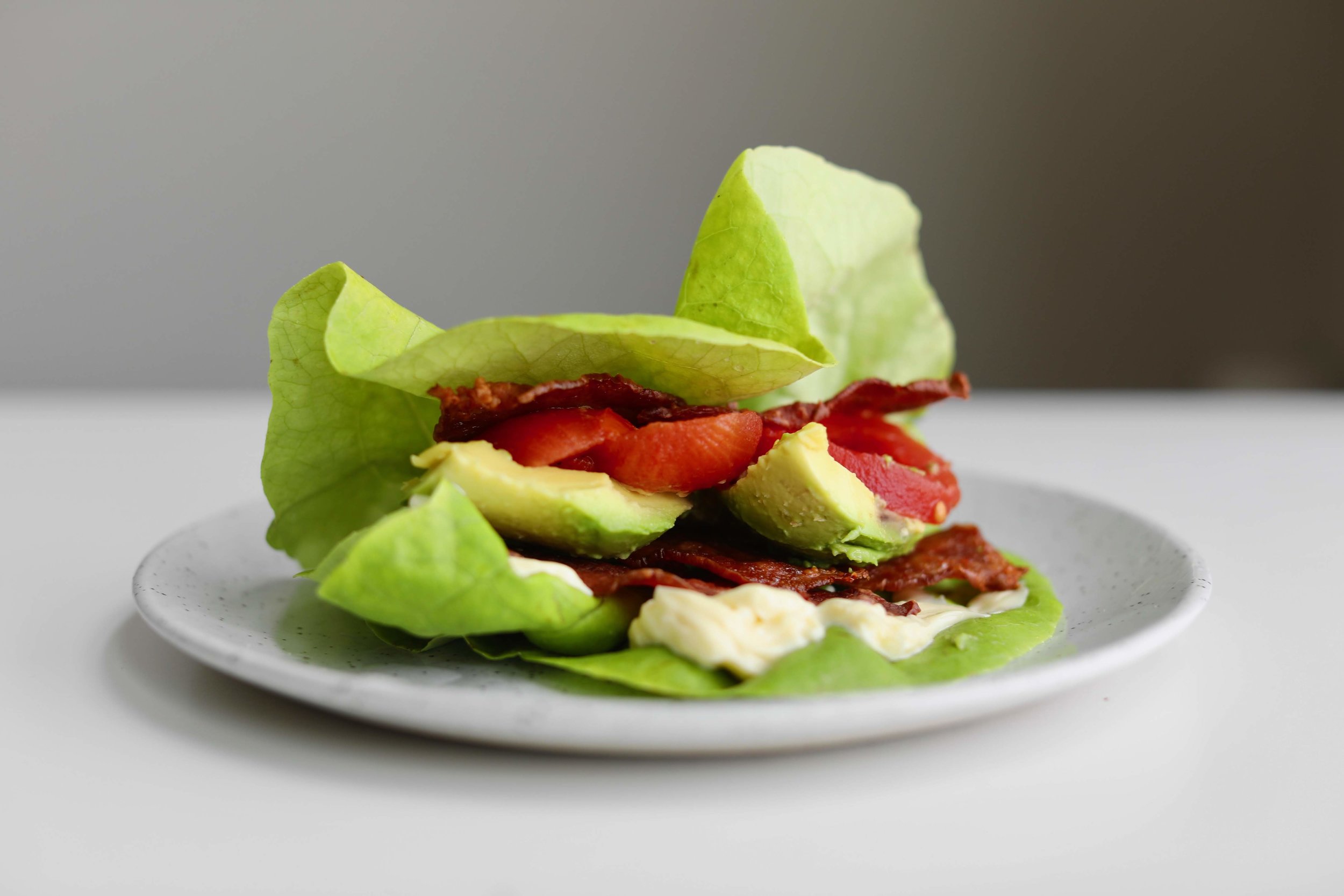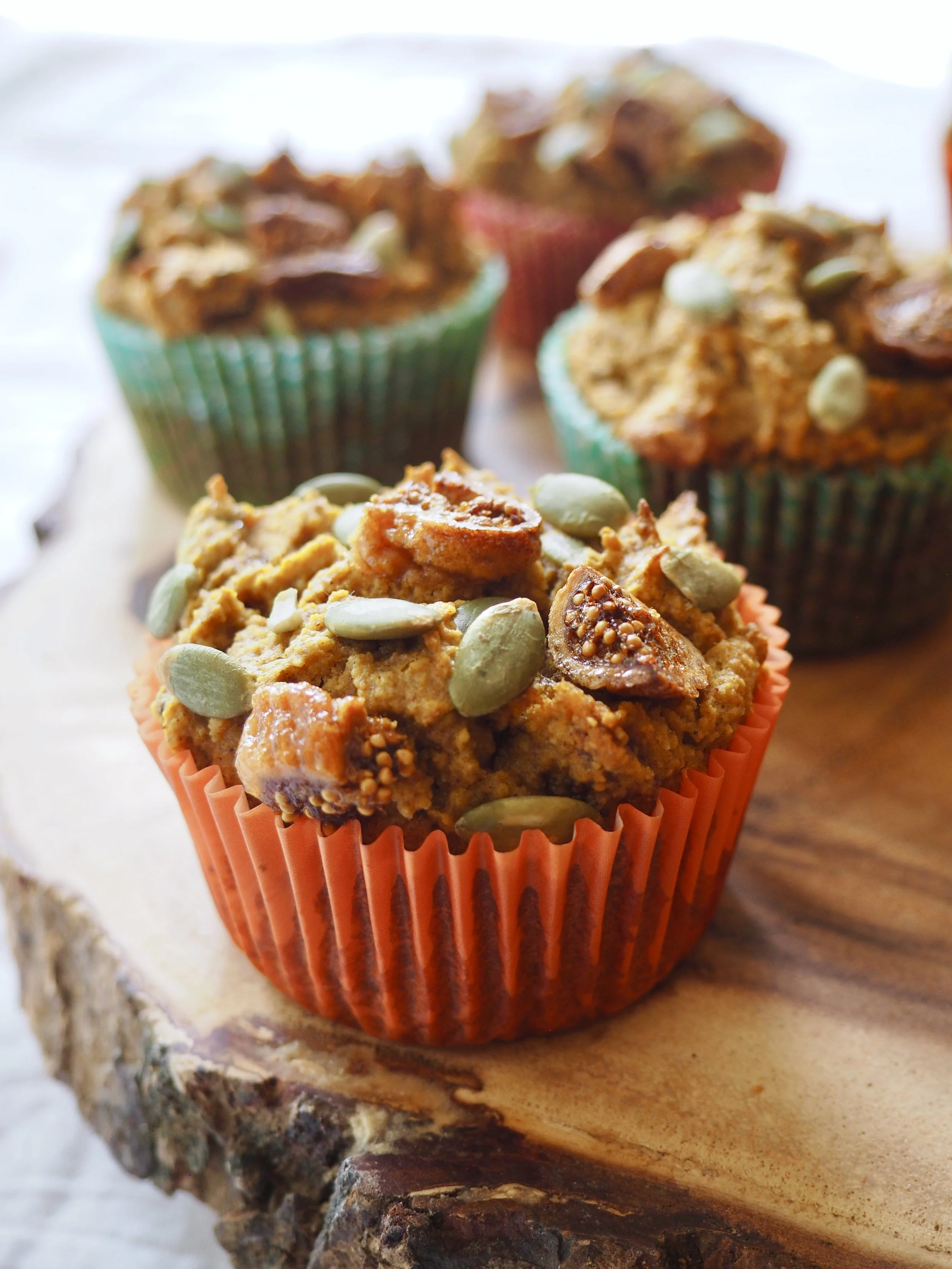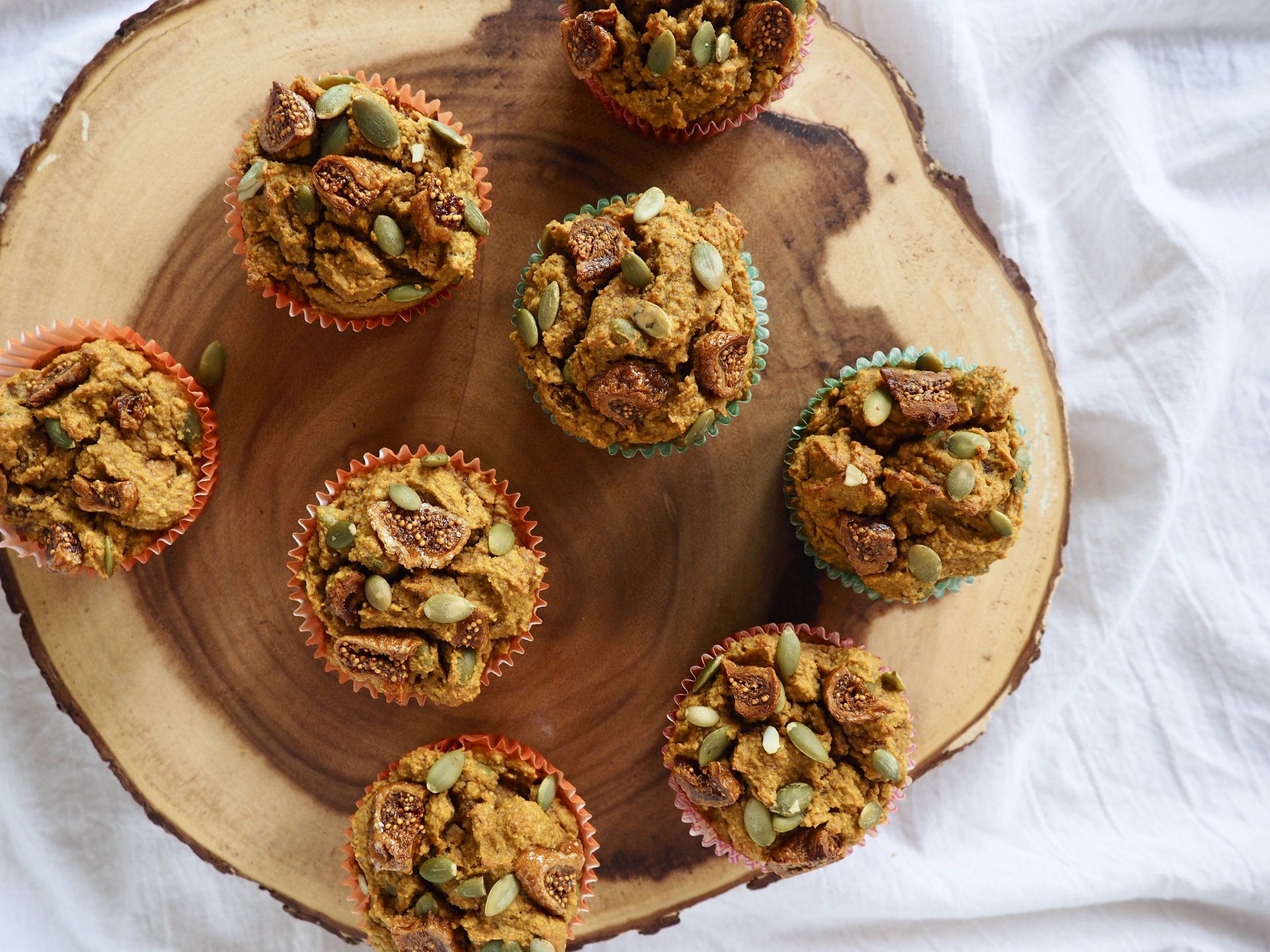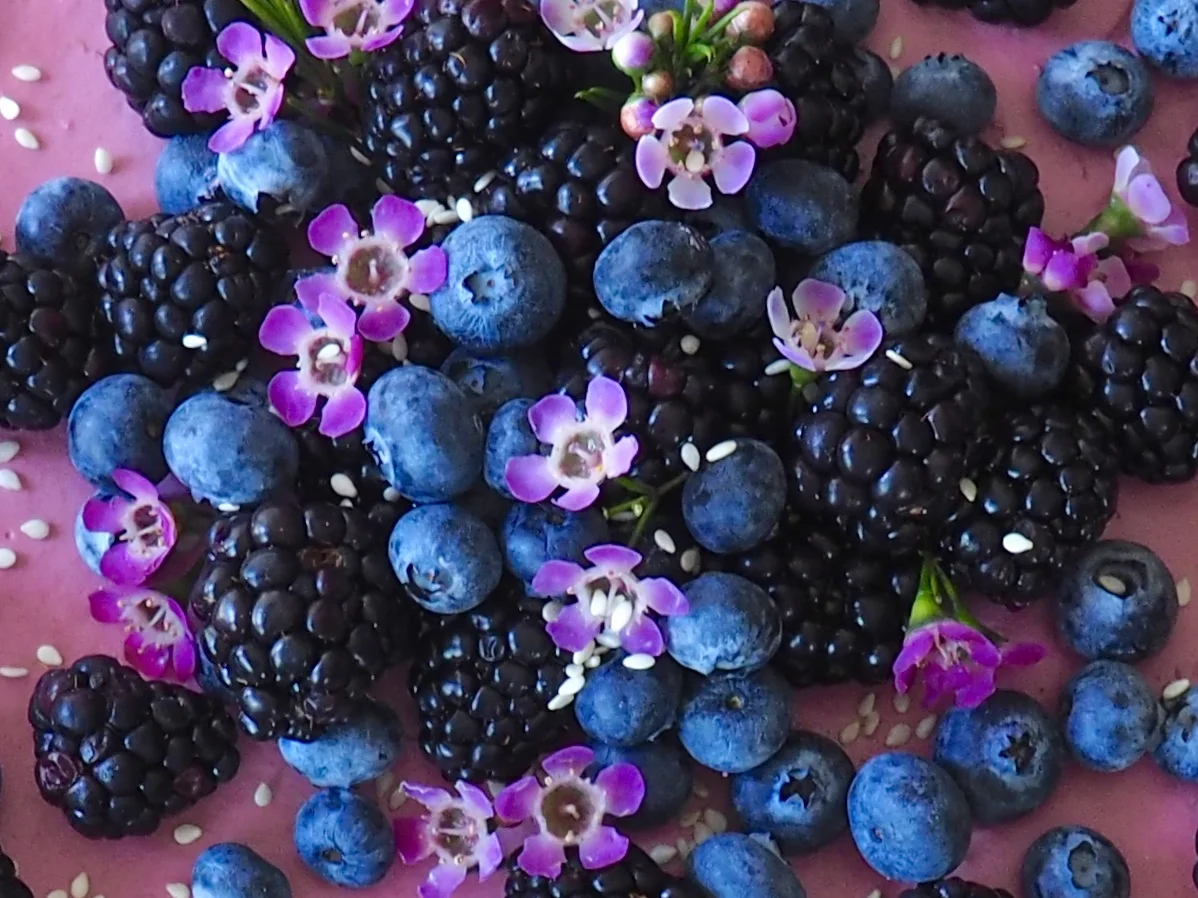"THE WAY WE DO ANYTHING IS THE WAY WE DO EVERYTHING. THE WAY WE EAT IS THE WAY WE LIVE"
GENEEN ROTH
Vegan or Paleo? Gluten free or whole grain? Whole food or fat free? What we “should” eat gets a lot of press these days. We know eating healthy is a great first step, but when it comes to aligning with a particular eating style, there are many factors to consider.
Eaters are often left confused around which eating style to choose in order to obtain optimal health and vitality––if choosing any at all. Each of the eating styles below comes with specific health benefits and characteristics that may help you navigate what lands on your plate.
Whole Food
The whole food diet is likely the most basic and simple way of eating. Whole food eating means eating food in its whole form with minimal processing. In 2011, Harvard School of Public Health created one formula of a whole food diet, The Healthy Eating Plate: A simple and thorough guide to creating healthy whole food meals. With this version of a whole food diet a few simple guidelines are recommended:
o Fill half your plate with vegetables and fruits
o One-quarter of your plate with whole grains
o One-quarter of your plate with proteins (plant or animal based)
o Use healthy natural oils in moderation
o Drink lots of water (avoid sugary drinks)
o Get your daily exercise.
These guidelines are basic, simple and healthful. If you are dealing with specific health issues, you may need to alter the foods within the whole food regimen to address your health more assertively.
Gluten Free
Gluten free substitutions and health trends have become more and more popular in local health food stores over the past decade. Studies now show that 1 percent of the population has celiac disease (gluten intolerance) and 10 percent of Amercians are gluten sensitive. Grains containing gluten include wheat, spelt, barley, rye, farro, and kamut (along with other grains that may be contaminated with gluten such as oats).
While many of us may not be technically gluten intolerant or sensitive (or undiagnosed) eating less gluten can be beneficial for reasons such as decreasing inflammation, improving candida symptoms, healing leaky gut, and reducing migraines.
But don’t be fooled, eating gluten free does not guarantee your health. Beware of the ingredients in many gluten free substitutions as they are often refined, high in sugar, GMO’s, or preservatives.
Traditional
Originally coined by Dr. Weston A Price, the Traditional diet is exactly what it sounds like: Eating the traditional and local food of your climate and culture. In the early 1900’s, Dr. Price travelled around the globe, making the world his laboratory, while he observed many cultures far and wide––from Eskimos to Swiss and African tribes to Polynesian Sea islanders. His research is based on the dental structure and health of these varying populations and how their traditional diets affected physical degeneration related to nutritional deficiencies.
His complete body of work can be found in his masterpiece: Nutrition and Physical Degeneration. The Weston A. Price Foundation was created in 1999 to continue his work and research in the world, while also educating folks on restoring nutrient dense foods to the human diet.
The Traditional Diet recommends a whole food based regimen based on nutrient dense local foods from plants and animals, with a special focus on nutrient dense foods, such as local cultured butter, local raw milk, farm fresh egg yolks, bone broth, as well as traditional sourdough breads and organ meats.
Paleo
The Paleo regimen is fairly simple: If the caveman did not eat it, then neither should you. The Paleo diet is based on the premise that genetically, we are almost identical to our caveman ancestors. While studies show this premise to be only partially true, this hunter-gatherer type of eating style has many positives. Paleo eaters avoid processed sugar, grains, legumes and dairy.
The Paleo eating style is based on a diet heavy in
o Vegetables
o Fruits
o Unprocessed meats of all sorts
o Eggs, nuts and seeds.
While some folks find it meat heavy, studies have shown the Paleo diet has a positive impact on glucose intolerance, weight loss, and cardiovascular health. The Paleo Diet is a highly anti-inflammatory, pure and clean option to check out.
Ketogenic
Originally created by the medical community as a supportive diet for children with epilepsy, the Ketogenic diet focuses on high fat and protein foods that force the body into a ketogenic state—burning fat for energy instead of the usual glucose and glucose-rich carbohydrates. This eating style surely busts the myth that “fat makes you fat”.
The Ketogenic diet has become more widespread recently with various associated health benefits outside of managing childhood epilepsy. While the Ketogenic diet requires more than a little diligence and a commitment and many folks question these drastic dietary changes, studies show that the extended use of the Ketogenic diet has a positive impact on weight loss, body mass index, cholesterol levels (raising HDL and lowering LDL) and blood glucose levels with no noted long term safety issues.
Low FODMAP
With digestive issues on the rise, the low FODMAP diet addresses some of the more common digestive issues of our time and is often recommended because many eaters have trouble digesting short-chain carbohydrates (tiny carbohydrates with less than 10 sugars).
FODMAP stands for "Fermentable Oligosaccharides, Disaccharides, Monosaccharides and Polyols”. The result of eating high FODMAP foods can be that these partially digested carbohydrates reach the large intestine and create a fermentation effect. Also, in the gut one’s “bad bacteria” uses these partially digested carbohydrates for fuel, exacerbating digestive issues, leading to gas, bloating, stomach pain and even constipation.
While the low FODMAP diet can feel a bit restrictive and challenging at first, studies show this diet to be a very healing option for many who struggle with IBS. You can find a complete list of the high FODMAP foods to avoid here.
Whole 30
Whole30 was founded by Melissa and Dallas Hartwig in 2009. Their Motto: Eat. Real. Food. This popular 30-day program is a whole food short-term nutritional reset, governed by a few particular do’s and don’ts. Do’s include eating a real food diet rich in meats, fish, eggs, poultry, natural fats, and spices. Don’ts are to avoid processed sugars (including artificial sweeteners), grains, alcohol, legumes, dairy, MSG, sulfites and carrageenan and processed foods of any kind.
While there is no recommended calorie counting or weighing during the program (in fact it is forbidden), weight loss is highlighted as a primary benefit. Whole30 is considered more of a diet than an eating style with it’s 30-day focus on structure, duration, support, and regulation.
Plant-Based
Michael Pollan said it well: “Eat food, mostly plants.” This is the foundation of the plant-based diet. Plant-based is not as strict as it sounds, with a wide range of plant based foods – vegetables, fruits, nuts, seeds, and legumes and can include small amounts of animal protein.
Often confused with the vegan or vegetarian diet, plant-based eating has a foundation of plant-based foods without the strict guidelines.
But beware, according to the Harvard School of health: “All plants are not created equal”. Technically fruit juice, potato chips and white bread are plant-based foods but can wreak havoc on your blood sugar and bodily inflammation, while a diet high in leafy greens and whole food based plants can do wonders for health and vitality.
If you choose to eat plant-based, be sure to choose your plant-based foods wisely.
Vegan
Veganism is known as a diet and lifestyle (often for ethical and environmental reasons) that excludes all forms of animal products, including all dairy, honey and eggs. When done well, the vegan diet can be sustainable, satiating and create and array of health benefits, specifically lowering body weight, lowering blood pressure, and decreasing the rate of cardiovascular disease. However, not all vegan diets are healthy. Eating vegan requires attentiveness and an understanding that certain nutrients (such as omega 3 fatty acids, vitamin B12, zinc, iodine iron, calcium, and iron) are harder to come by in the vegan world.
When eating vegan, it is important to stay away from processed, nutrient-weak foods that lack proteins and fats, instead choosing whole food proteins (in the form of nuts, seeds and legumes) and naturally fat-rich foods that provide a stronger base for nutrition, while in some cases supplementing with nutrients such as vitamin B12.
Flexitarian
This witty marriage of the two words, flexible and vegetarian, was voted the third most popular diet trends of 2018 by US News. The diet was originally described in the book, "The Flexitarian Diet: The Mostly Vegetarian Way to Lose Weight, Be Healthier, Prevent Disease and Add Years to Your Life," by registered dietitian Dawn Jackson Blatner. Flexitarian eating emphasizes a diet high in vegetables, fruits, nuts, seeds, whole grains, plant-based proteins with occasional animal protein options. The original Flexitarian regimen comes with a supportive menu plan, lots of resources on cooking tofu and other plant-based proteins, and many supportive intentions including pleasure, satiety, and convenience.
The Flexitarian diet is just like it sounds, flexible. While this works well for some, others may prefer a bit more structure. There are many versions of eating flexibly and finding the best one for you is important to consider.



















